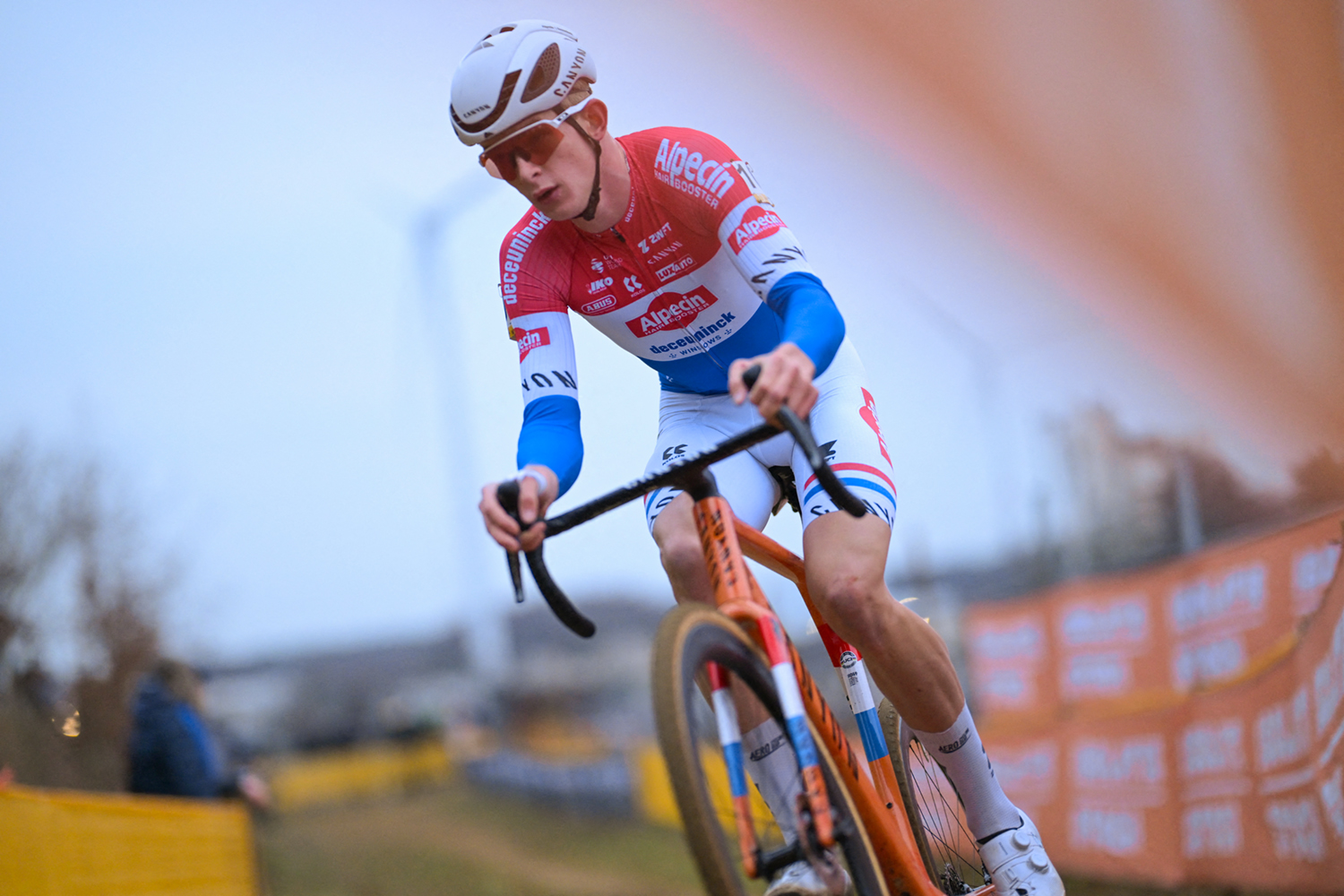Giro d'Italia: The rise of generation next
A new breed makes its mark on the noughties
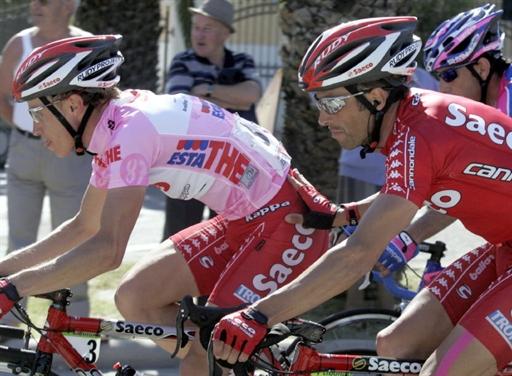
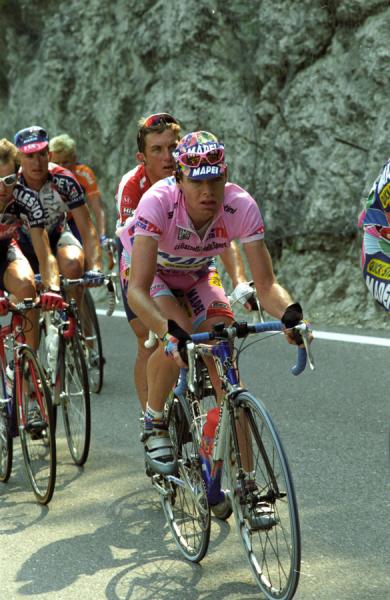
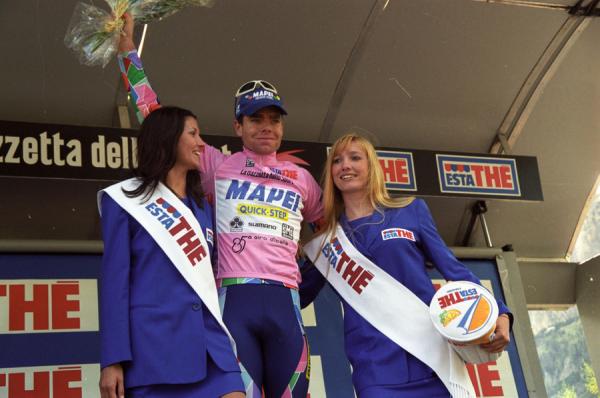
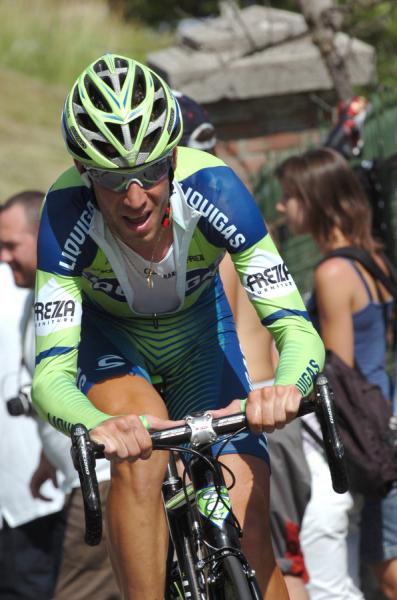
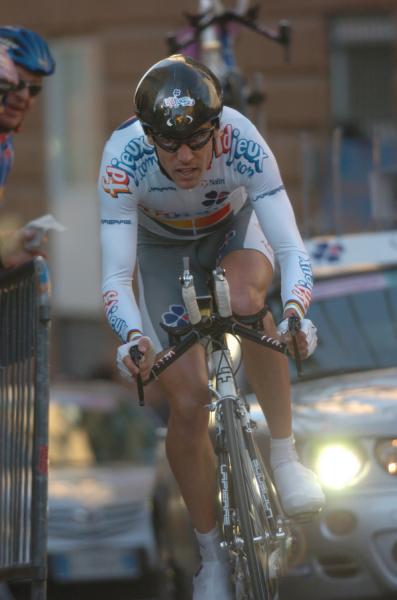
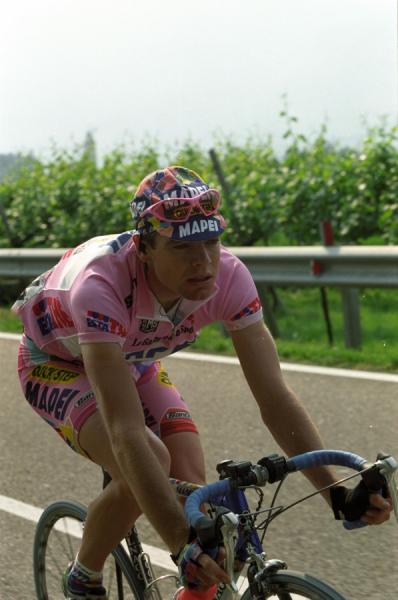
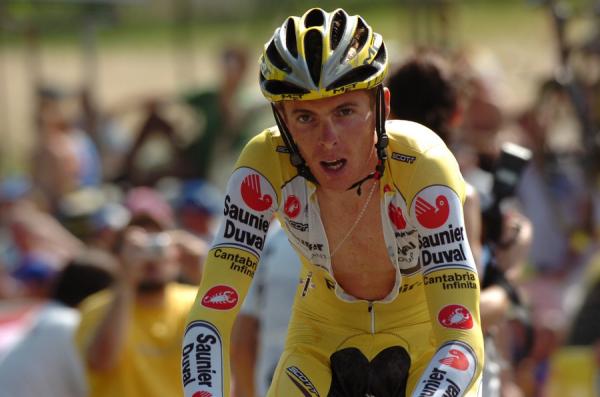
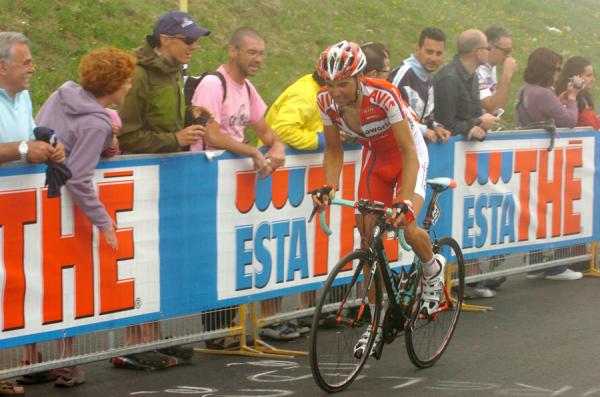
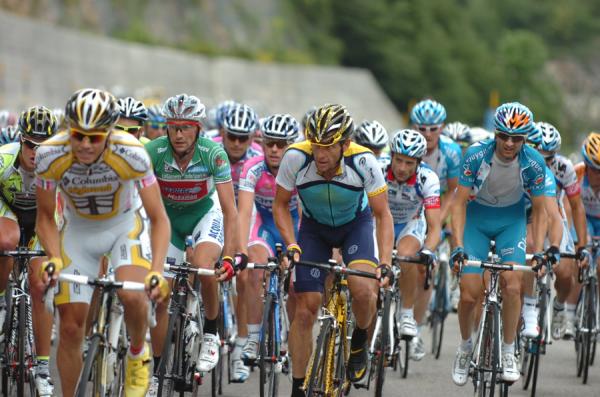
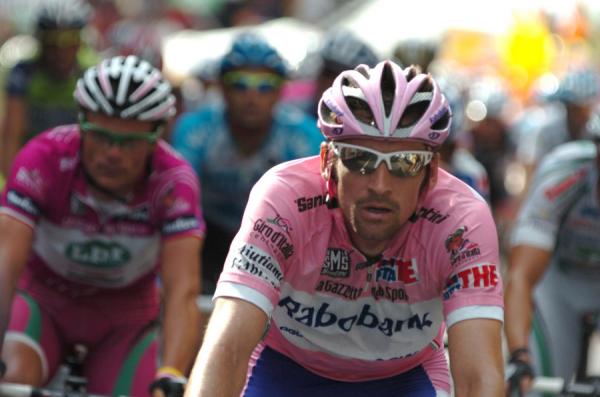
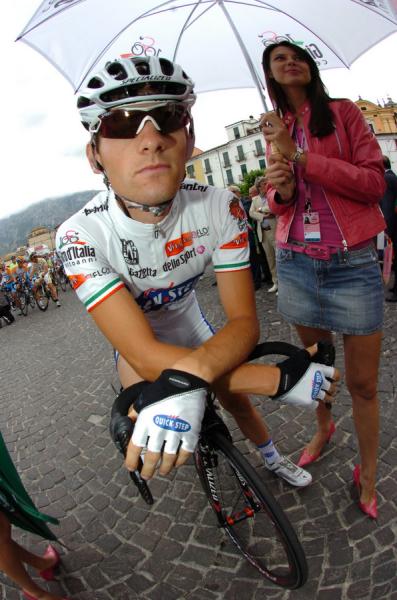
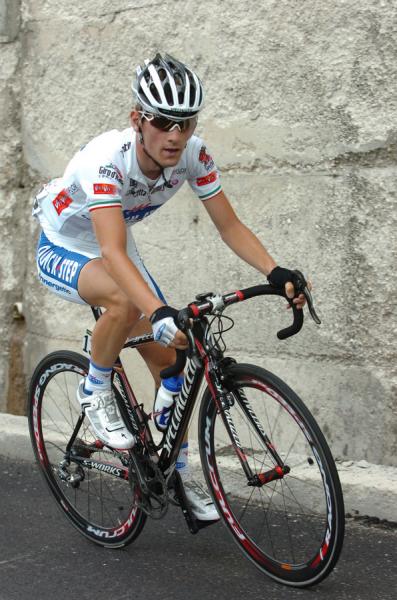
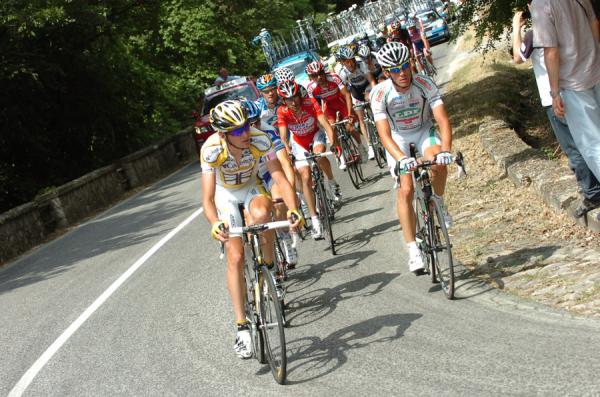
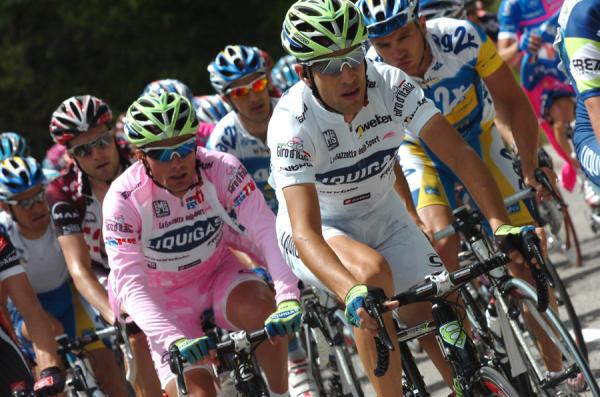
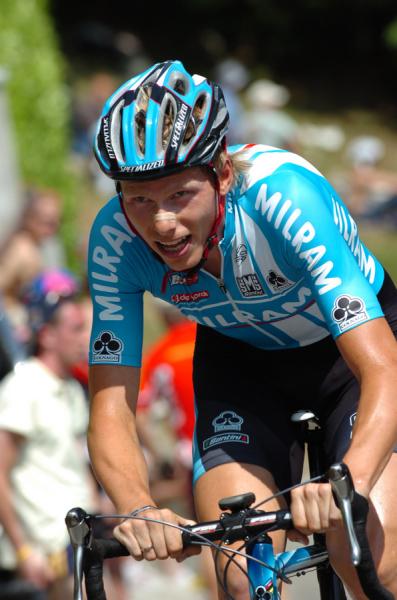
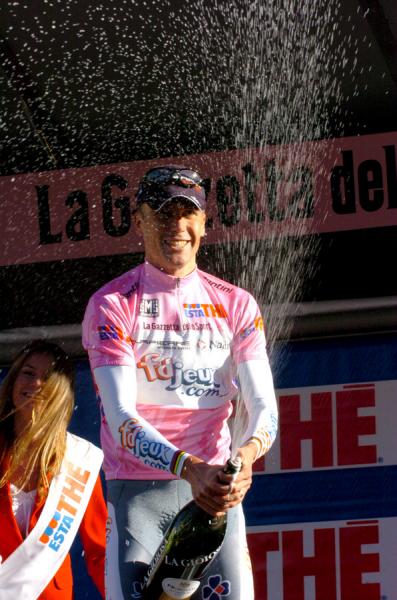
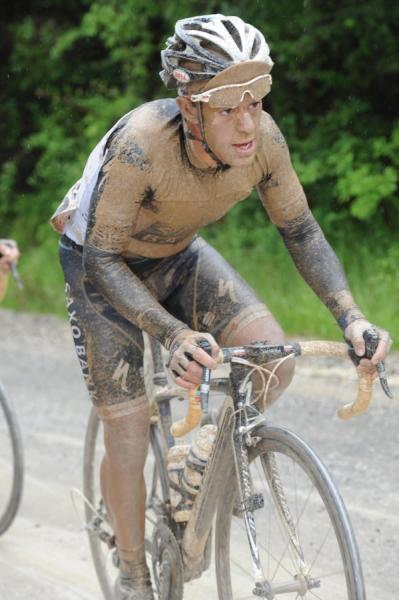
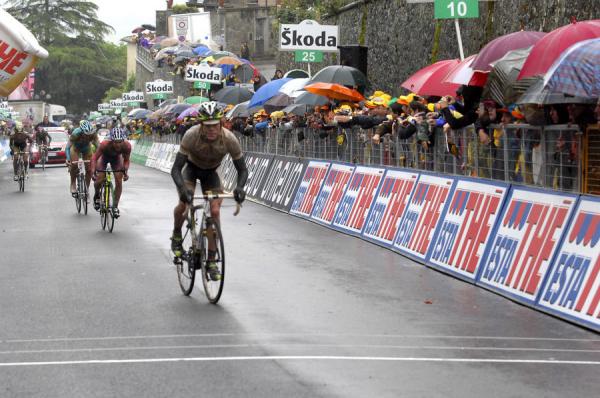
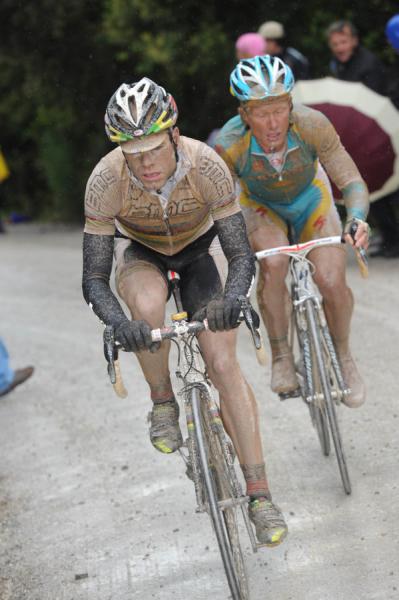
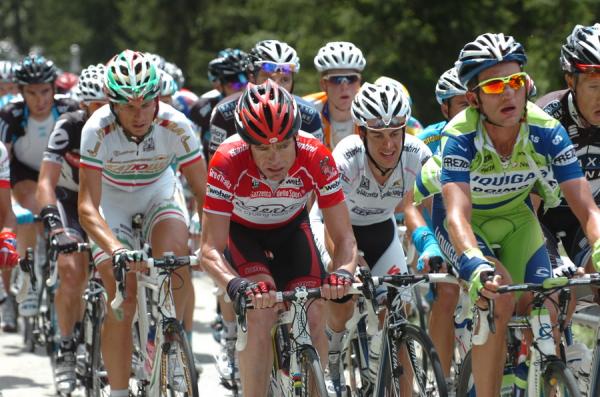
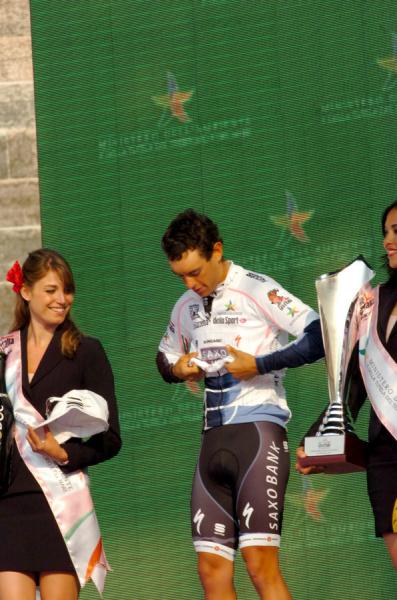
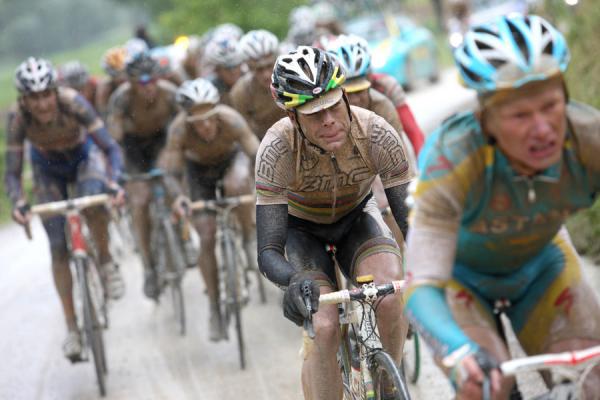
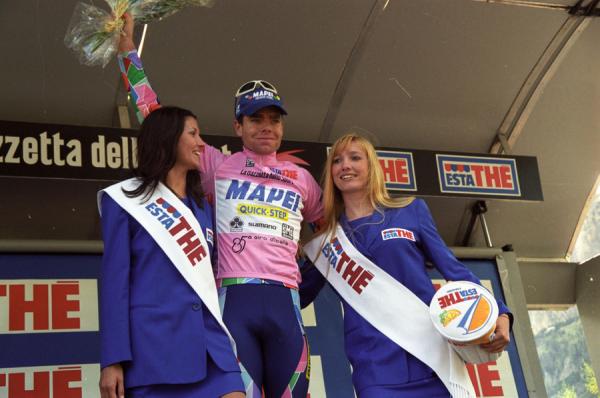
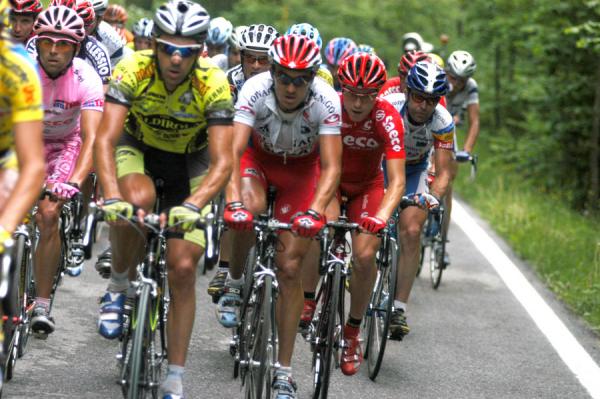
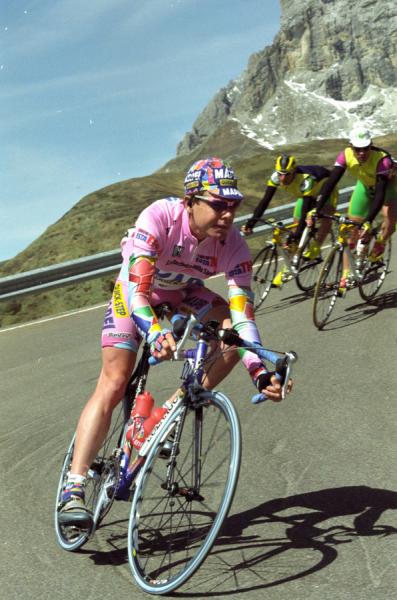
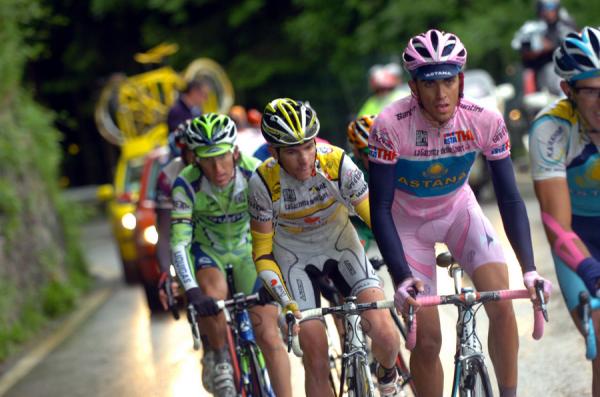
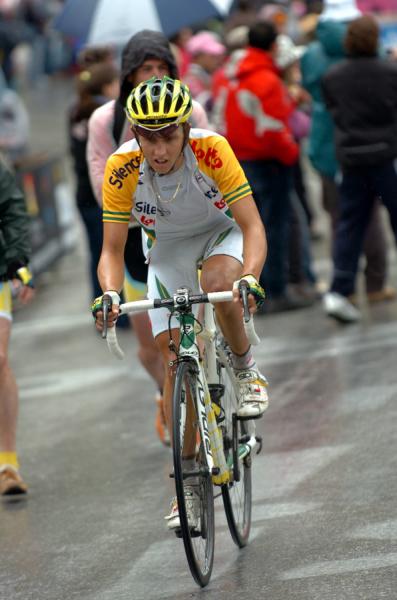
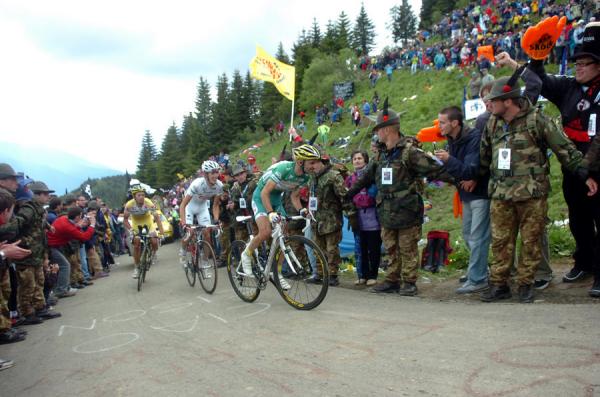
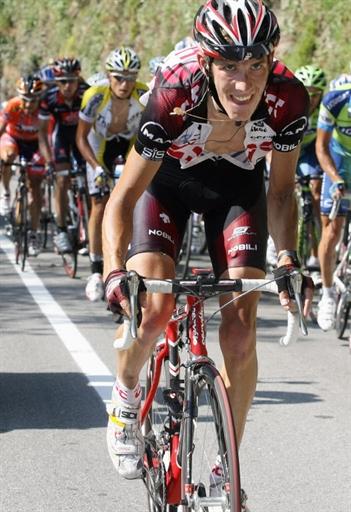
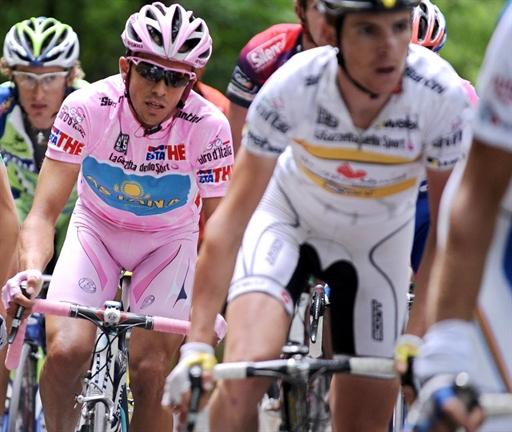
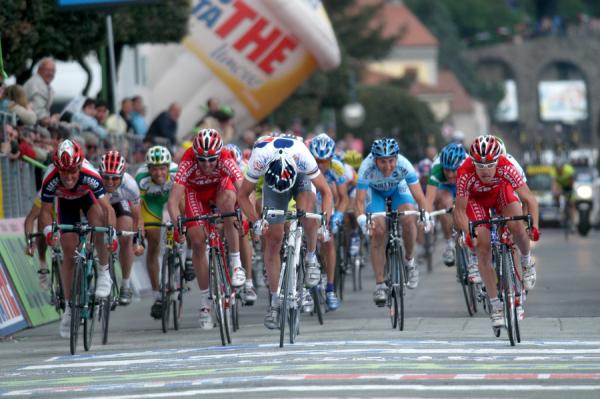
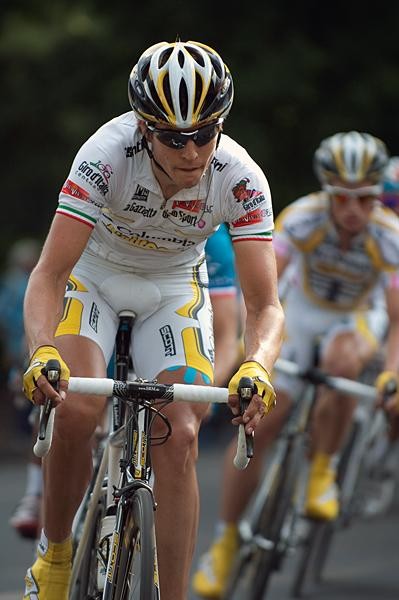
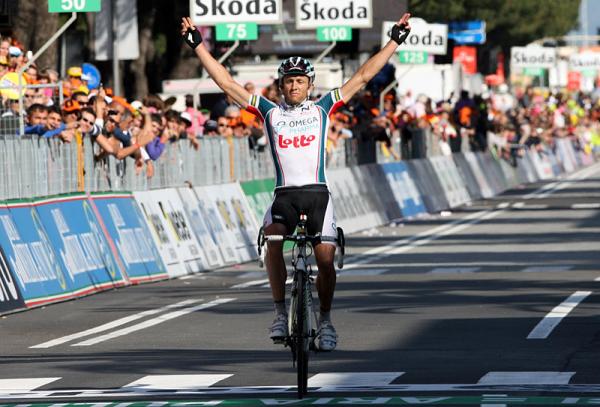
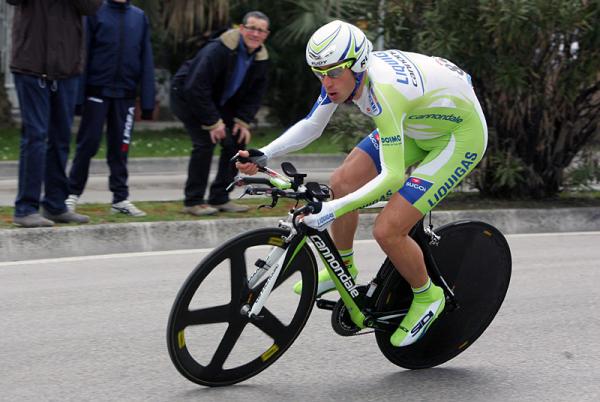
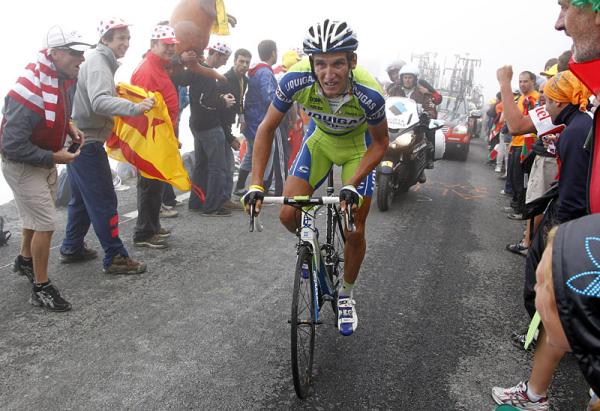
The new millennium was heralded as the change of an era, both from a global context and within cycling. It was a period marked by the rise and rise of unknown riders impressing, and taking the limelight from some of their perhaps more respected elders. We saw a new generation of Italians, Spaniards, Australians and a particularly impressive Luxembourger come out of the woodwork – and there were no shortage of conflicts arise as a result.
Cunego v Simoni in 2004
Damiano Cunego was a relative unknown in 2004 outside of Italy. The former junior world champion had promised much, but only just begun to deliver. Leading into the 2004 edition of the Giro d'Italia the Italian won the overall as well as two stages of the Giro del Trentino. Saeco-Cannondale directeur sportif Giuseppe Martinelli had hope that Cunego could be another Marco Pantani, but few were predicting the young Italian to be given the chance to lead the flagship Italian team.
Saeco's obvious choice for captain in 2004 was Gilberto Simoni – the Italian was the defending champion and a two-time winner of the Grand Tour – but he was also lacking form, having pulled out of two key preparation races in April.
This set up an interesting battle of team dynamics within il treno rosso; the elder statesman against the young firebrand.
Cunego began with a bang, winning stage two in an uphill sprint, before snatching the maglia rosa - off his own leader - by winning stage seven. As of stage 11 only 10 seconds separated the two and it seemed but a formality that Cunego would fatigue or falter and the more experienced Simoni take control of the race. As the race progressed however Cunego only appeared to get stronger and tensions exploded between the two at the finish of stage 18.
"You're a bastard… you're really stupid," a disgruntled Simoni said to Cunego after the younger rider had ridden past Simoni on the final climb of the day, the Bormio.
The latest race content, interviews, features, reviews and expert buying guides, direct to your inbox!
When quizzed by the press about the confrontation Cunego replied: "I don't believe that he was [angry], even if perhaps the Giro is not going as he expected."
Cunego sealed the overall three days later as a 22-year-old and went on to have a stellar year, also winning the season ending Giro di Lombardia and the UCI road world cup. Simoni meanwhile, never again won the Giro and probably sees 2004 as the one that got away.
Something in the air in Italy?
Il Piccolo Principe's story is not unique; in fact the Giro seems to breed young talents. In any one year someone will pop their head out and surge to prominence. In 2004 it was Cunego, but the previous year a young Yaroslav Popovych also first made a name for himself. 2005 saw diminutive 23-year-old Venezuelan José Rujano standout, taking the 19th stage and 3rd place in the overall standings.
It was 2007, however that really brought young riders back to the fore in the Giro and with the re-introduction of the maglia bianca, it was a youngster by the name of Andy Schleck that made waves. CSC had played down Schleck's chances going into the race and despite not winning a stage, the Luxembourger's consistency meant he was Danilo Di Luca's main challenger, and for many of the tifosi, a favourite to win the 2007 edition.
Perhaps the less said about Ricardo Ricco the better but the Italian did bring the fight to the more heralded Alberto Contador in 2008, and in 2010 the white jersey also welcomed a new era of Australian cycling in Grand Tour contender Richie Porte.
The rise of the Australian general classification leader
It had been a while between drinks for the antipodeans, but with Cadel Evans' performance on stage 16 of the 2002 edition, Australia was back on the road to grand tour success. It was the hardest mountain stage of that year's Giro: 159 kilometres from Conegliano-Corvara in Badia, including the Fedaia, Pordoi (Cima Coppi), Campolongo finishing at Corvara.
Evans, a 25-year-old neo-pro from Mapei released the 11-day grip of 37-year-old German Jens Heppner (Telekom) from the maglia rosa. The former mountain bike world champion had only been at the Giro to work for his former team leader Stefano Garzelli, booted from the race for a positive drug test.
"I can't express how happy I am", said Evans after the race. "This kind of thing has always been a dream for me."
Evans' efforts in becoming the first Australian to wear the maglia rosa even resulted in a phone call from the then-Australian Prime Minister, John Howard.
In 2004 it was Brad McGee's turn, with an eighth-place he became the highest placed Aussie in the 87-year history of the race. By 2010, the Australians were back in the spotlight with Evans wearing the rainbow jersey for BMC and Saxo Bank neo-pro, Porte.
Porte kicked off his first-ever Grand Tour with sixth in the opening time trial in Amsterdam and never looked back – remaining in the general classification's top 10 all the way to the finish in Verona. It was a feat no other rider achieved in 2010. Along the way, Porte wore the maglia rosa for three days from stages 11-13.
Evans' arm-wrestle with eventual winner Ivan Basso for supremacy on the Zoncolan was a memorable one. The Italian wearing down his rivals, Michele Scarponi (Androni Giocattoli), and Marco Pinotti (HTC-Columbia) one-by-one with Evans the last to crack with just under four kilometres to go.
Evans' eventual fifth overall was the best performance by an Australian in the Giro, despite the fact that he was mildly disappointed not to head home wearing pink. Instead, Evans claimed the honours for the points classification.
As a sports journalist and producer since 1997, Jane has covered Olympic and Commonwealth Games, rugby league, motorsport, cricket, surfing, triathlon, rugby union, and golf for print, radio, television and online. However her enduring passion has been cycling.
Jane is a former Australian Editor of Cyclingnews from 2011 to 2013 and continues to freelance within the cycling industry.
